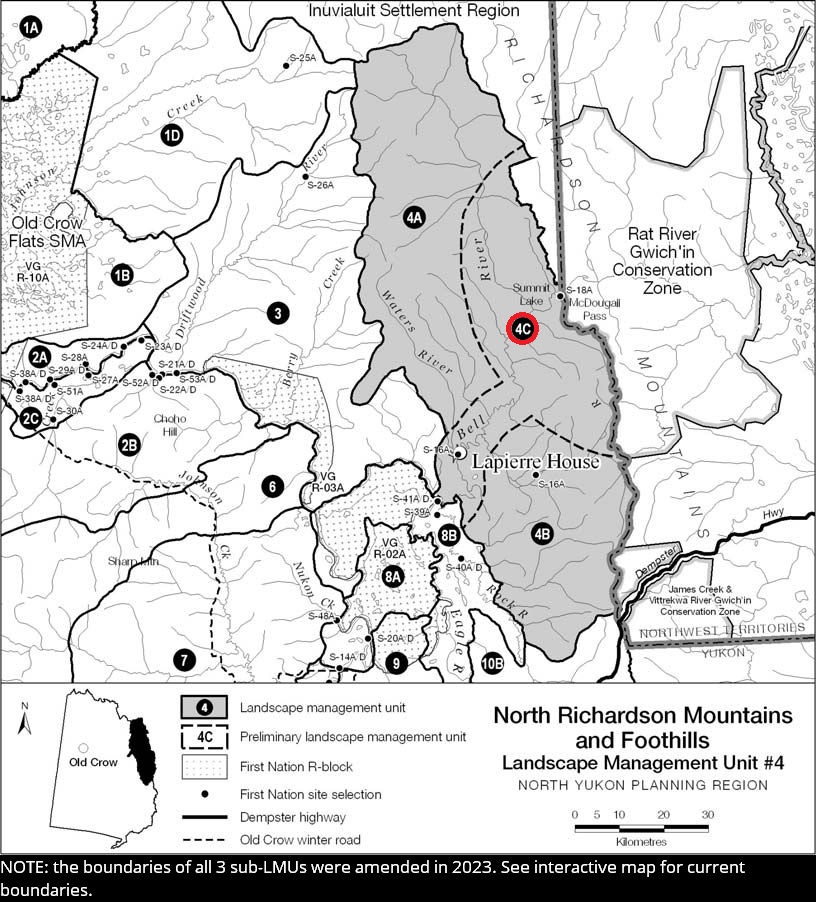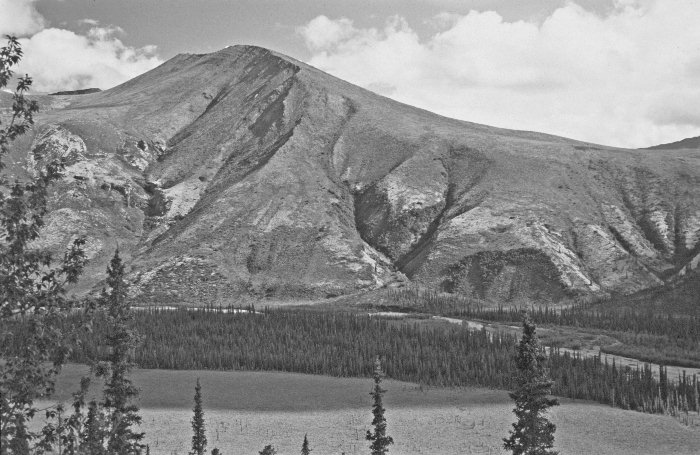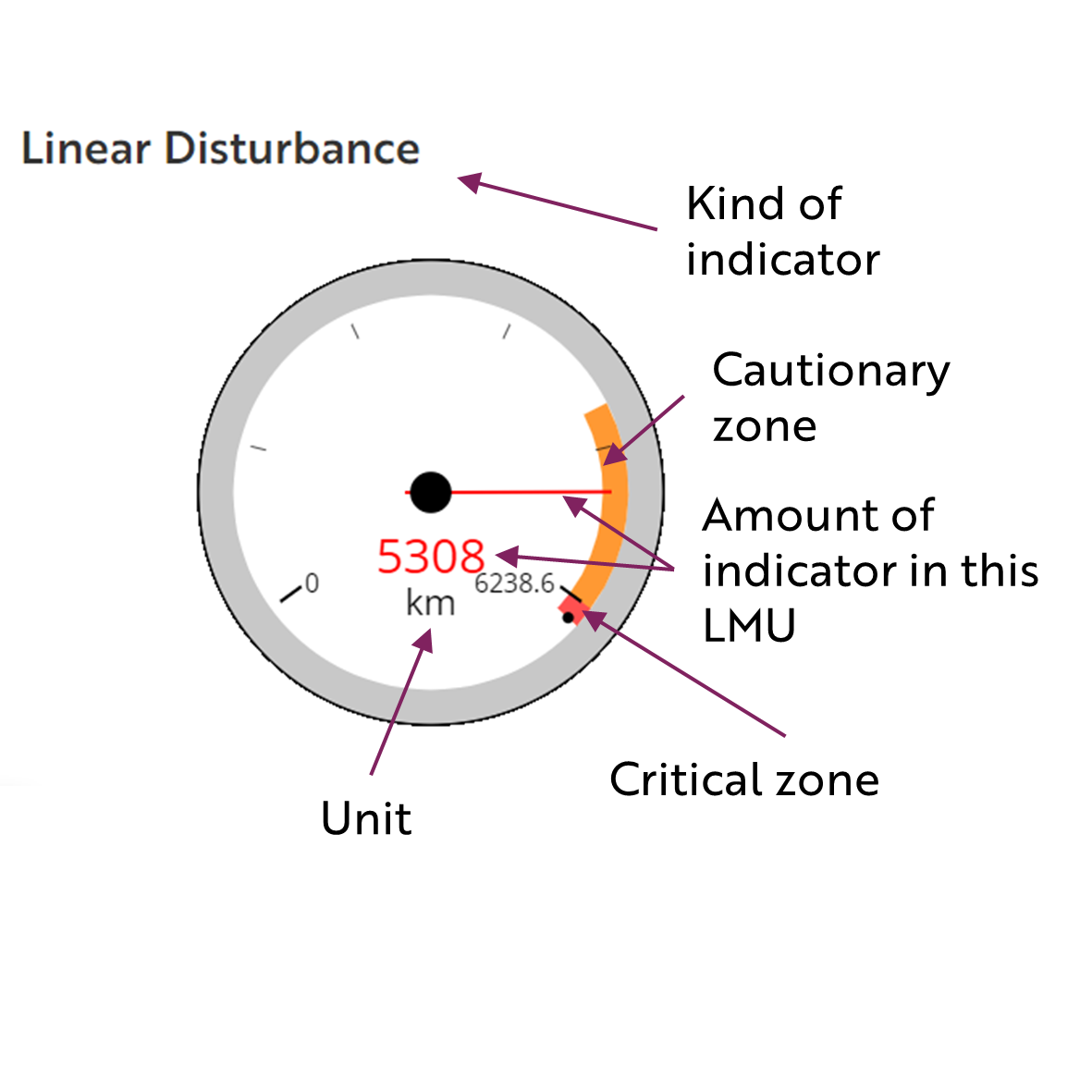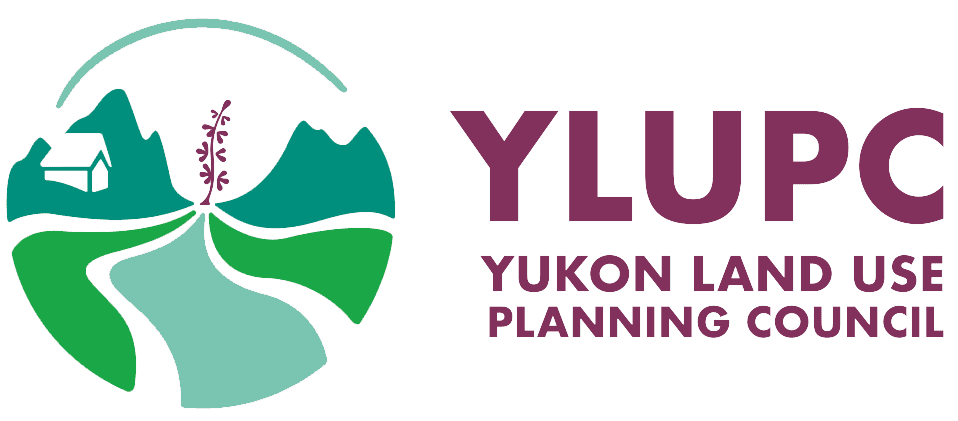NORTH YUKON PLANNING REGION:
LMU 4: Northern Richardson Mountains and Foothills
Sub-unit #4C: Summit Lake – Bell River
Intended to become Dàadzàii Vàn Territorial Park
Land Use Designation
Protected Area
Land Status
Yukon public land and VGFN Settlement Land (VG R-14B, S-16A, S-18A)
Traditional Territories
Vuntut Gwitchin First Nation and Tetlit Gwich'in Council (Secondary Use Area)
Area
1,527 km2 (2.5% of Region)
Implementation News
- Much work has happened to make this unit Dàadzàii Vàn Territorial Park, and work is ongoing. See Yukon Government’s information page on this park.
- As part of this work, the boundaries of the sub-LMUs within LMU 4 were amended in 2023 . See our interactive map for current boundaries.

Biophysical Setting (LMU 4)
Setting
Remote mountainous unit with sub-arctic conditions.
Ecoregions
British Richardson Mountains.
Bioclimatic Zones
Taiga Shrub, Alpine and Tundra (minor).
Habitat Types
High elevation sparsely vegetated, herb, shrub and rock; low elevation coniferous forest and shrub; minor wetland and riparian.
Watersheds
Porcupine River (Bell, Little Bell and Waters rivers, headwaters of Driftwood River).
Image Explanation
Bell River corridor in Northern Richardson Mountains is a significant Porcupine Caribou and moose habitat. (CWS photo)

Cumulative Effects Thresholds
Relative to LMU Size*
Surface Disturbance (%)
Linear Disturbance (km/km2)
Current disturbance (2020)
0.033
0.035
Cautionary
0.000
0.000
Critical
0.000
0.000
On the ground amounts**
Surface Disturbance (km2)
Linear Disturbance (km)
Current disturbance (2020)
0.50
52.7
Room under cautionary threshold***
-0.50
-52.7
Cautionary
0.00
0.0
Critical
0.00
0.0
*These are proportional to the size of the LMU, and correspond to table 3-2 of the Approved Plan. They are measured in the % of the LMU that can be disturbed (“Surface Disturbance”) and in km/km2 (“Linear Disturbance Density”).
**These are amounts that can be measured and apply to the whole LMU and would be more familiar to project proponents and regulators. They are measured in km2 of disturbance and in km of linear disturbance (e.g., roads, trails and cutlines).
***How much more disturbance can be added to existing disturbance before the cautionary threshold is reached.
Cumulative Effects Indicators
Surface Disturbance
Linear Disturbance
Cautionary
Critical
Ecological Resources
Porcupine Caribou
One of most significant caribou concentrated use areas in region. Porcupine herd may be present in at least five seasons, including summer, fall migration, rutting, winter and spring migration.
Moose
Significant seasonal habitats along river corridors. Bell River corridor supports some of highest winter moose densities in Yukon.
Marten
Low - moderate habitat.
Sheep
Most significant sheep area in planning region; many key sheep habitats identified throughout unit.
Fish
Potential over-wintering habitat in Bell and Little Bell rivers.
Other Species
Significant grizzly Bear habitat in Bell River valley. Muskoxen use area infrequently.
Wetlands and Lakes
Lower Bell River in vicinity of Lapierre House contains significant wetland habitats.
Riparian Areas
Bell, Little Bell, and lower Waters rivers.
Major River Corridors
Bell River
Heritage, Social and Cultural Resources
VGFN Heritage Routes and Sites
Old Crow to Ft. McPherson trail, via Salmon Cache and Lapierre House. Traditional use and culturally significant area for Gwich’in First Nations.
Other Heritage and Historic Resources
Lapierre House (historic fur-trade era trading post, Yukon Historic Site status pending). Many documented archaeological sites in vicinity of Summit Lake.
Current Community Use Areas
High use by Old Crow, Ft. McPherson and Aklavik residents along Bell River corridor and Summit Lake.
Economic Development
Transportation and Access
No existing transportation infrastructure. A conceptual access route has been identified in this unit*.
Traditional Economy
Summer and winter travel and subsistence harvesting.
Tourism and Recreation
High tourism values – Summit Lake, Bell River corridor and Lapierre House. Summer wilderness recreation corridor.
Oil and Gas Resources
Low potential; northern margin of the Eagle Plain oil and gas basin.
Mineral Resources
Low - moderate potential.
Aggregate (Gravel) Resources
No identified resources; river gravels or crushed rock offer potential sources.
* Source: Yukon Government, Department of Energy Mines and Resources. 2003.
Special Management Considerations
- Proposed as Protected Area land use category (implementation details to be determined by the Parties).
- Rat River Gwich’in Conservation Zone in NWT, and Inuvialuit Category D-E lands on Yukon North Slope are adjacent to unit.
- Summit Lake (McDougall Pass) is important wildlife corridor between Yukon and NWT.
- Maintain opportunities for community use and subsistence harvesting.
- Tetlit Gwich’in Secondary Use Area.
- Potential Yukon North Slope transportation corridor options may require consideration.
These gauges show how much of each disturbance indicator there is in the LMU with the needle and the large number near the middle. The colours indicate disturbance level zones or thresholds. If the needle is in the white zone, no threshold has been reached.
The Dawson Planning Commission gives a details of their similar (but slightly different) Cumulative Effects Framework on their website.

Cautionary
Critical
